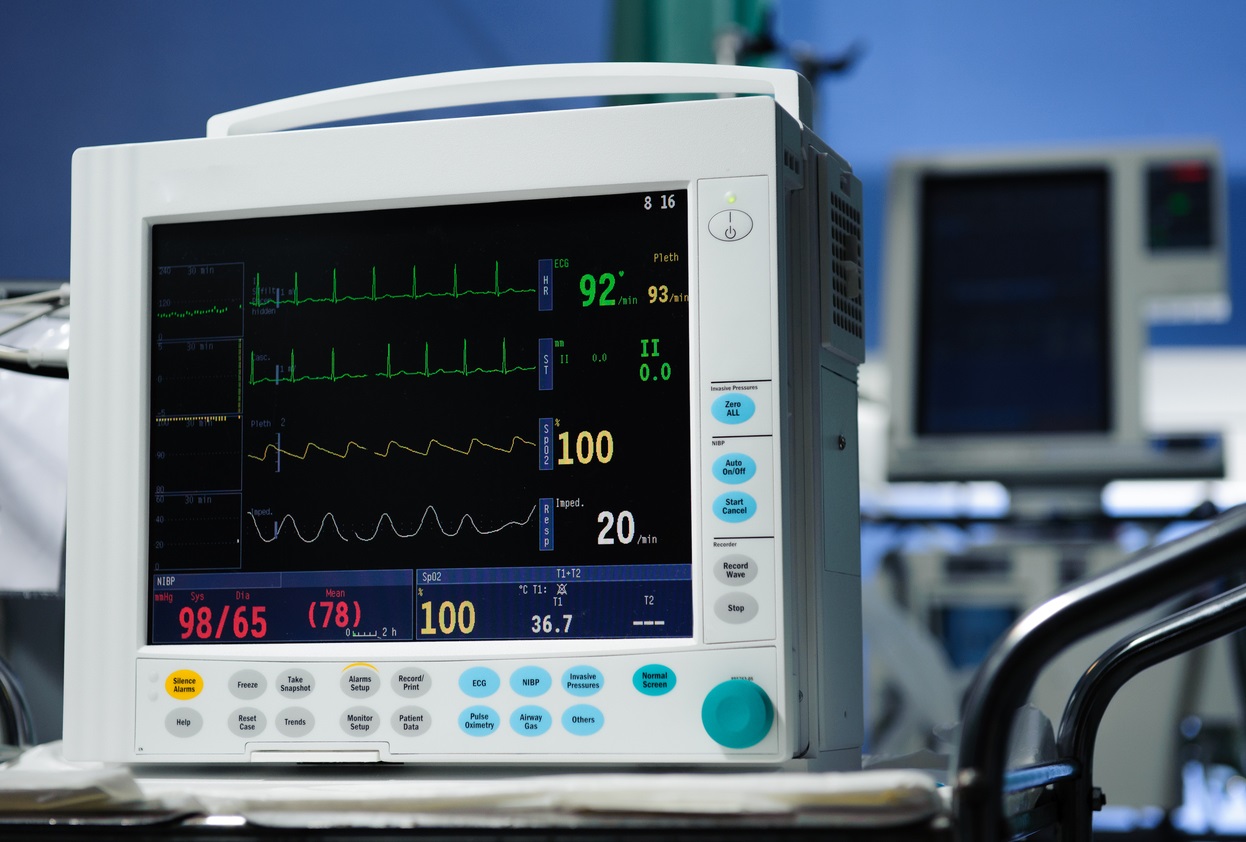Dr. Horace Difrancesco, anesthesiologist in Humanitas, explains what intubation is and how it works.
What is intubation and why is it practiced?
“Intubation is a positioning maneuver of a tube, called endotracheal tube, into the airway of the patient. More precisely, into the trachea. This is because during general anesthesia the patient is given drugs that take away their ability to use their muscles. Breathing requires involuntary muscle movement. Therefore, during general anaesthesia the patient is unable to breath independently because they can not move their muscles.
The absolute relaxation of a patients muscles is essential to ensure the surgeon an optimal operative field.
The endotracheal tube is connected to a respirator that allows the correct breathing of the patient throughout the surgery.
Intubation is always performed after the patient is asleep. Therefore, the patient will not remember either the positioning of the tube or its removal. It is therefore nothing to really worry about.”
Does intubation involve risks?
“Especially in cases of an unexpectedly difficult intubation, the intubation can be problematic when the patient’s anatomical characteristics make the correct positioning of the tube in the airway more difficult.
Fortunately, however, even in this field we have machines that help us to restrict any possible consequences for the patient. I refer to videolaryngoscopes – which our operating theaters are equipped with – or fiberscopes, which allow you to deal with unexpected or planned difficulties encountered during intubation.
In conclusion, we can say that the unexpected difficult intubation occurs very rarely but it is not impossible to deal with. Today, more than ever in the past, we can count on technological aids which drastically reduce the risk of such a maneuver”.
-
3,400 Physicians
-
110,400 Annual surgeries
-
190,400 Annual Inpatient Admissions
-
928,000 Patients


